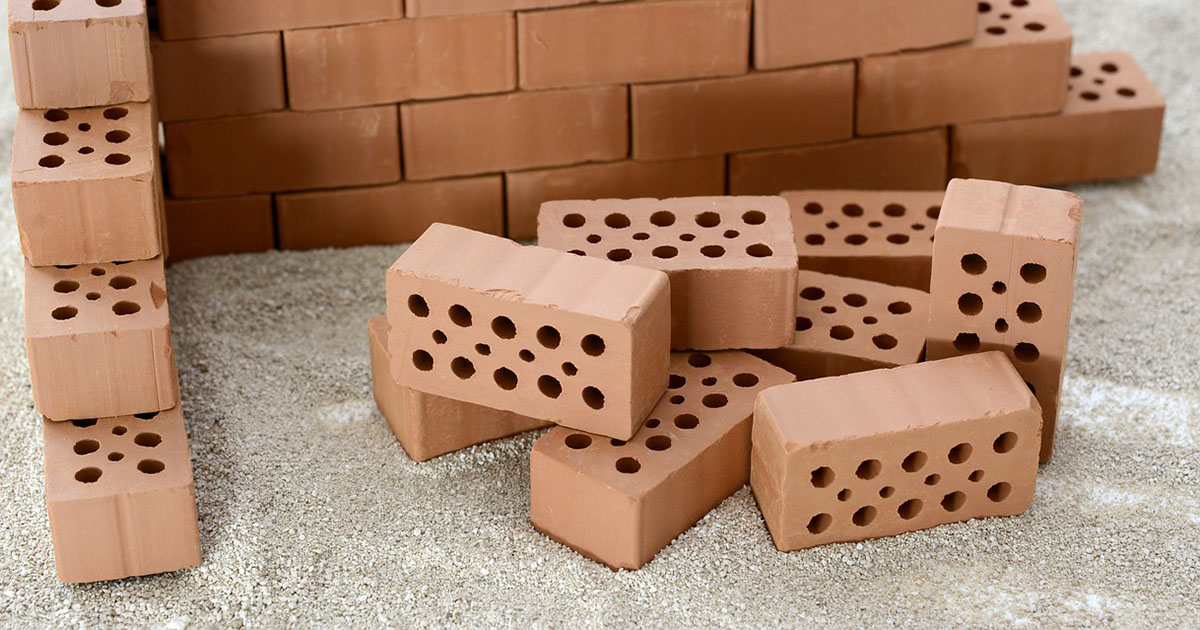
In the Australian housing market, families planning new homes are constantly looking for areas where cost-efficiency can be maximised. That’s only natural – as one of the biggest investments most of us will make in our life, it’s certainly worth asking questions and making informed choices that represent significant savings. But of course, like many purchasing decisions, it’s possible to reach a limit where quality and performance start to be compromised and we have to consider whether the savings are worth the sacrifices involved. In today’s blog we’ll look at the comparison between traditional brick homes and lightweight homes, to uncover some fundamental differences between the two.
Today, lightweight homes are often tabled as a legitimate alternative to more traditional constructions using brick masonry – but is comparing a home built entirely of lightweight materials to a brick build really a case of ‘apples to apples?’ Let’s start right where the difference is most obvious, at the ‘skin’ of the home. Lightweight homes often make use of ‘sandwiched’ cladding panels for the entire exterior skin of the design. These panels generally comprise a core of that might include materials such as polystyrene and fibreglass, often clad with aluminium. At a time when energy efficiency is in the spotlight, homes constructed using only lightweight panels consistently underperform when compared to brick and brick veneer. In fact, an Australian University study* into thermal performance in common Australian residential construction systems found that lightweight models had the lowest amount of thermal mass, and as an insulator, underperformed when compared to brick constructions. Poor thermal performance in the skin of a building translates to more energy spent on heating and cooling.
Created from natural products and boasting great insulating properties, brick homes also bring the benefit of low maintenance. We’re all familiar with heritage brick homes and the fact is that even after a century or more, many still look great, even with an absolute minimum of maintenance. On the other hand, lightweight materials require regular maintenance and are less durable in the face of weather – a primary consideration in a country like Australia which serves up extreme UV, heat and cold. The coatings on cladding invariably suffer and can fade over time, meaning owners enter into a cycle of painting that will go on for the life of the home – an expensive, time-consuming consideration.
In the face of extreme weather, including high winds, homes built exclusively from lightweight components also invariably fare less well than brick homes and tend to be a poor choice in fire prone areas. As a result of this, home insurers generally will have a different approach to lightweight homes compared to brick homes, and it’s definitely worth looking into this, as insurance on a brick home is almost always less expensive.
Building a home can be a real adventure. It’s not something that most people will do more than once or twice in their lifetime, and there’s a lot to take in. Partnering with a builder you relate to can make all the difference. What’s more, once brick homes are complete, the relaxing begins. Exterior maintenance needs are very low, so you can get on with life and let your bricks look after themselves.
Lightweight home companies will often use shorter build times as a selling point. It’s absolutely true that the build times of homes built solely from lightweight materials tend to be shorter than those of brick homes, and it’s not hard to see why. Once the foundation and frame are in place, there’s not much more to a lightweight home than having the panels screwed on. But falling in love with a short build time is also a short-sighted approach, because the time saved on the build might be lost in future maintenance of the home’s exterior. There’ll be painting to take care of for sure, and if there are alterations or renovations to be made in the future, how sure can you be that similar exterior panels will be available in order to make the result look neat and attractive?
Finally, it’s worth taking the time to look at the resale value of lightweight homes compared to traditional brick homes. A home should be an investment, but when you compare the sale values of existing lightweight homes to those of brick homes of a similar size, you’ll see a trend towards much greater value gain in brick homes. Put simply, brick homes age gracefully, whereas lightweight homes tend to show their age.
Homes built exclusively from lightweight products most often sell on the ‘now’ – the inference that lightweight homes are cheaper and faster to build. Faced with the choice to pay less for a home and move in sooner, some families forget that a new home is actually about long-term satisfaction, efficiency and investment value.
What lightweight homes save in the short term they tend to cost later in ongoing maintenance, running costs imposed by comparatively poor thermal efficiency, extra insurance costs and underperformance as an investment. If you’re comparing lightweight designs to those making use of bricks, spending some time with a Format Homes consultant can go a long way towards clarifying the differences, right down to the materials used, comparative build times and resale value. For further information, contact us today.